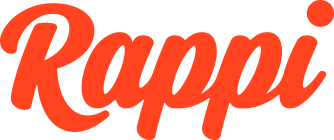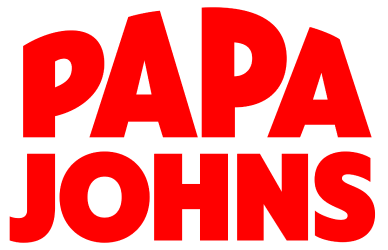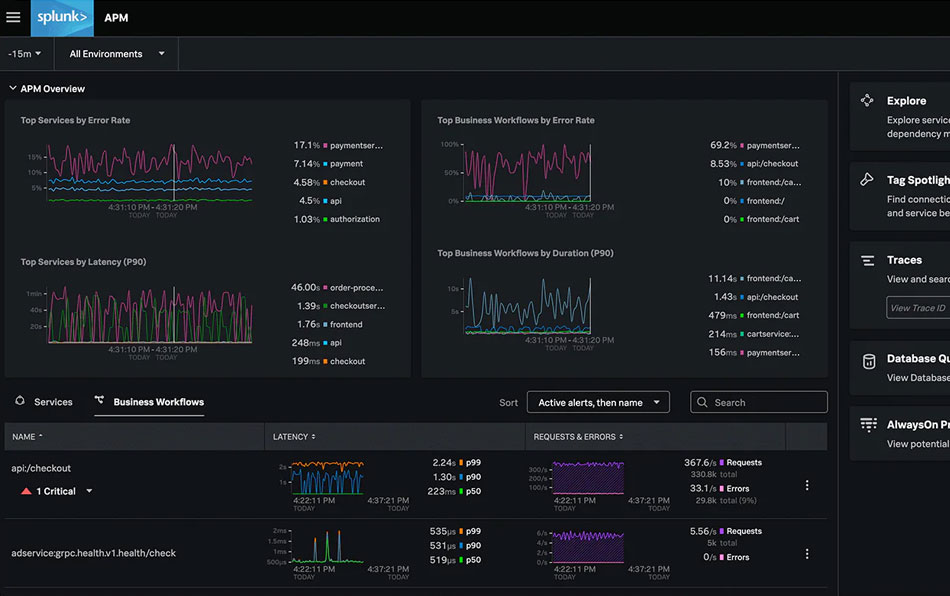With Kubernetes containers scaling up or down in seconds, New Relic’s slow batch telemetry collection makes it difficult to see intermittent problems and respond quickly.
With a more agile approach and real-time observability from Splunk, the Rappi IT team now efficiently manages more than 1,000 microservices, 6,000 hosts and 15,000 containers — all while slashing mean time to resolution (MTTR) by over 90%.










